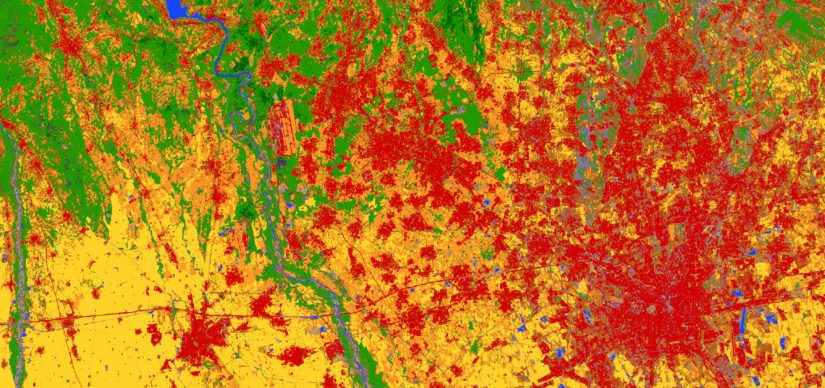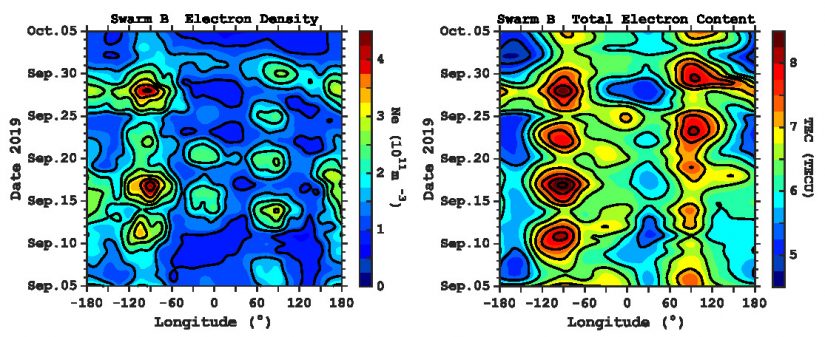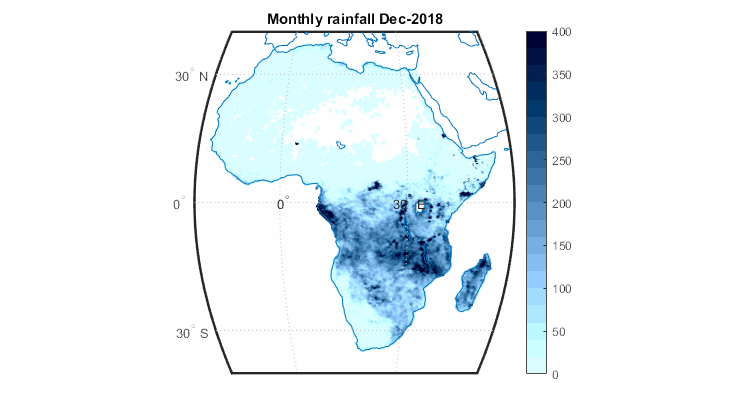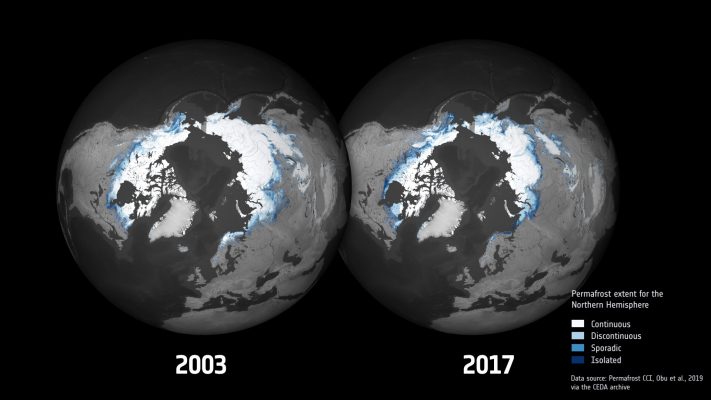High resolution ET for water management from S2 and S3 combined with AI
ESA’s Sentinels for Evapotranspiration project, or Sen-ET for short, is exploiting machine learning techniques to combine Sentinel-2 and Sentinel-3 data for a 20m daily evapotranspiration monitoring in agricultural fields. Read the full story.





